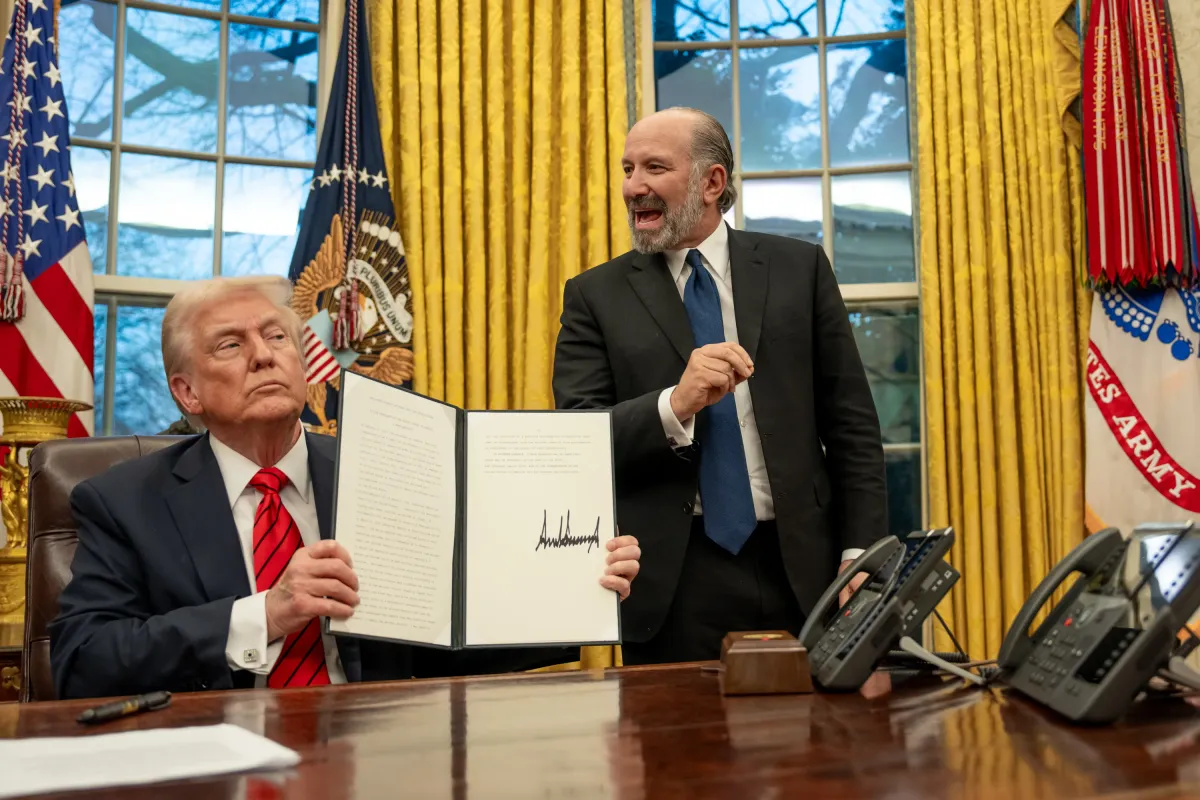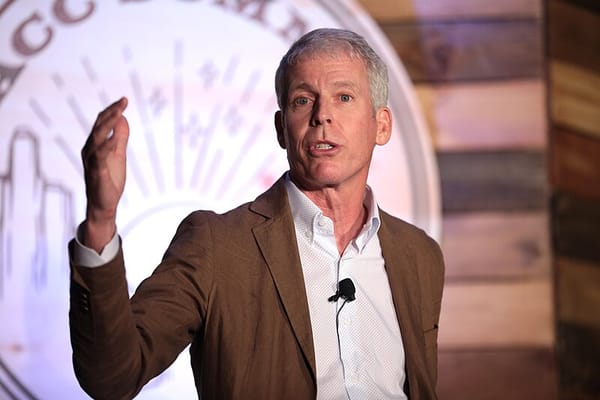Trump’s war on energy efficiency will raise costs and hurt consumers
Voters returned Donald Trump to the White House largely because they were unhappy about the cost of living. So, why does Trump want us to pay more for energy?

Quitting Carbon is a 100% subscriber-funded publication. To support my work, please consider becoming a paid subscriber or making a one-time donation.
For a president who owes his second term largely to voters’ concerns over the cost of living, Donald Trump seems strangely determined to raise their energy costs.
On Monday, the U.S. Department of Energy said it was withdrawing four energy efficiency standards and delaying the implementation of three others. The withdrawn standards (for electric motors, ceiling fans, dehumidifiers, and external power supplies) and the delayed standards (for walk-in coolers and freezers and gas instantaneous water heaters and for the testing of central air conditioners and heat pumps) had been advanced by the Biden administration.
“Under President Trump’s leadership, the Department of Energy is taking critical steps every day to help American families prosper,” said U.S. Secretary of Energy Chris Wright in a press release. “By removing burdensome regulations put in place by the Biden administration, we are returning freedom of choice to the American people, ensuring consumers can choose the home appliances that work best for their lives and budgets. This power should not belong to the federal government.”
Wright and Trump may believe they are preserving Americans’ choice in fuels for their homes but what they are really doing is needlessly driving up household utility bills. Federal energy efficiency standards are trending towards favoring appliances and products powered by electricity, and away from fossil fuels. But there’s a simple reason for that: electric appliances are inherently more energy efficient than their counterparts that combust fossil fuels.
Owing to the iterative nature of the federal efficiency standards development process, the rules are made more stringent over time, with the floor raised for low performers with each update. If Wright and Trump are successful – by no means guaranteed, as efficiency advocates will surely attempt to defend the rules in court – then consumers will simply pay more for energy than they would have otherwise.
The Appliance Standards Awareness Project’s Andrew deLaski told Energy Wire Editor Christa Marshall “the administration entered ‘unchartered territory’ by withdrawing a finalized rule, and questioned whether the action was legal.” Marshall noted that the finalized electric motors rule was supported by the National Electrical Manufacturers Association in 2022.
The efficiency standards rollback is not the laser-like focus on reducing costs Trump had promised voters during the 2024 campaign.
Higher energy bills in affordable housing
Trump wants to make it harder to upgrade inefficient, affordable homes for seniors, too.
“A move by the Trump administration to block a $1.4 billion program for green building retrofits has left hundreds of in-progress affordable housing projects in limbo. Renovations for aging affordable housing projects across the US have been halted as developers seek answers or alternatives,” Bloomberg CityLab’s Kriston Capps and Sarah Holder reported this week.
The targeted program, the U.S. Department of Housing and Urban Development’s (HUD) Green and Resilient Retrofit Program (GRRP), was funded under the Inflation Reduction Act (IRA). I reported last December that $1 billion had been committed to projects under the program.
But now, according to an internal HUD document seen by the Associated Press, “the program is being ‘terminated’ at the direction of DOGE,” the AP’s Jesse Bedayn reported earlier this month. Try to visit the Green and Resilient Retrofit Program website now and a “404 - Page Not Found” message appears.
What would freezing the program mean for seniors?
In Ashtabula, Ohio, the Jonathan Rose Companies had received a $10 million loan from the GRRP to complete a $22 million retrofit of the Ashtabula Towers, a 202-unit affordable building for seniors. The project was to include asbestos abatement as well as the installation of energy-efficient appliances and onsite solar panels. Now, the fate of the project, and hundreds more like it, is uncertain.
“Without these commitments that have already been made by the federal government, these projects won’t be able to proceed at all,” Jonathan Rose’s Lauren Zullo told Capps and Holder.
The cost of IRA repeal
Households will also pay more for energy if congressional Republicans include provisions to repeal the IRA in the budget reconciliation package now being negotiated by the GOP leadership in the House and Senate.
Conventional wisdom has held that full IRA repeal appeared increasingly unlikely, with a growing number of House Republicans pledging support for the federal clean energy tax credit provisions in the law. But the price tag to satisfy Trump’s tax cuts wish list is so steep that “even the most bipartisan parts of the IRA could be sacrificed,” Heatmap’s Emily Pontecorvo and Jael Holzman reported earlier this week.
Doing so would increase cumulative household energy costs by $32 billion through 2035, according to a report published last week by the think tank Energy Innovation. Individual households would pay an average of $68 more per year for energy in the same year.
Donald Trump was incredibly lucky to have run for re-election at a time when voters everywhere were ready to toss out incumbents who they blamed for rising costs.
But Trump is already squandering his gift of fate.
Whether it is by preventing more efficient products from hitting the market, killing a program that puts seniors in energy-saving, comfortable homes, or by potentially scrapping tax credits for families to deliver tax cuts for billionaires, all of us – those who voted for Trump, and those of us who didn’t alike – will be paying more for energy for years to come.
The winner of an election decided on the cost of living is governing as if rising costs don’t matter.




